Feature Articles
For updated information regarding NTNU NanoLab's activities, please go to NanoLab's homepage.
Feature articles
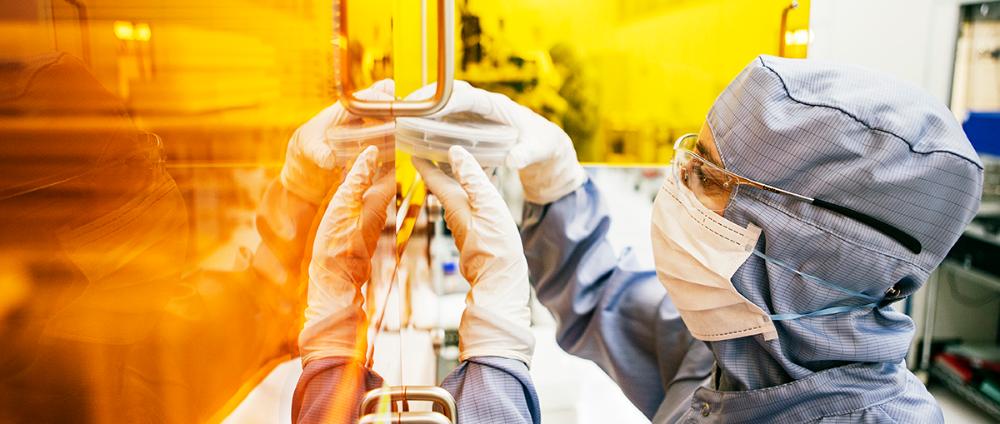
We have appointed Kelly Oakes as a science writer for NTNU Nano. Kelly is a freelance writer who specialises in science, health, environment, and technology. Her work has been published in New Scientist, BBC Future, Nature, BuzzFeed, and many other publications. She has a degree in physics and a master's in science communication from Imperial College London.
A new electrolyte to make better Lithium-ion batteries
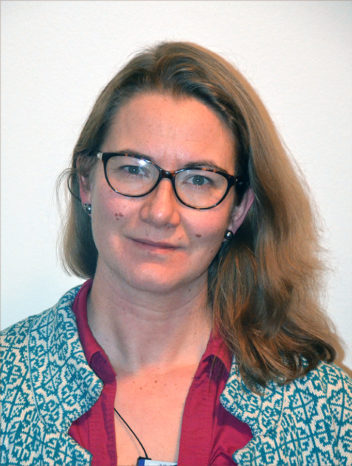
Read more about the work of Ann-Mari Svensson and her colleagues here.
The tiny gold particles that can help harness energy from the sun to break down pollution
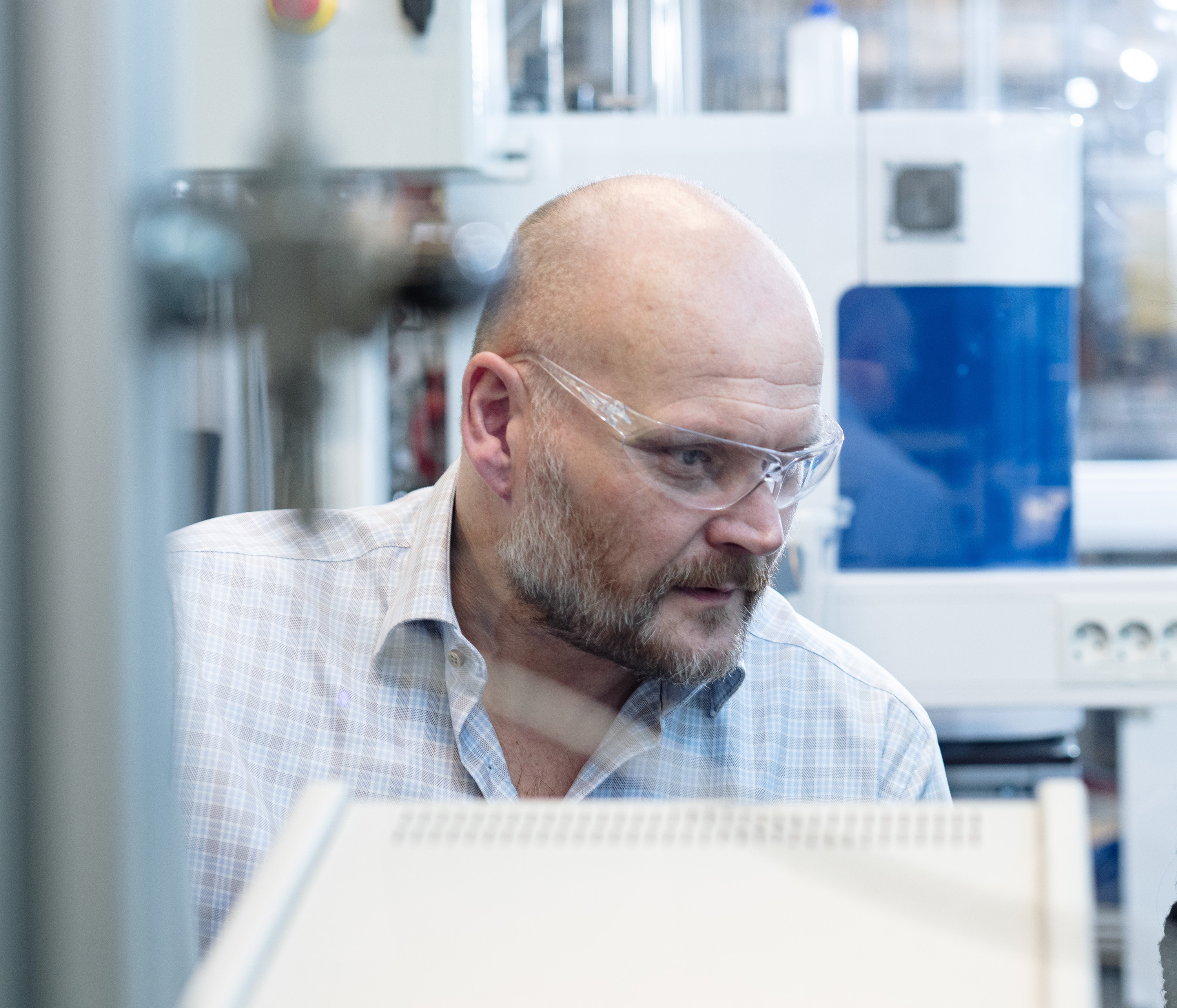
Read more about the work of Magnus Rønning and his colleagues here.
Snow-repelling solar cell panels could help Norway generate more electricity
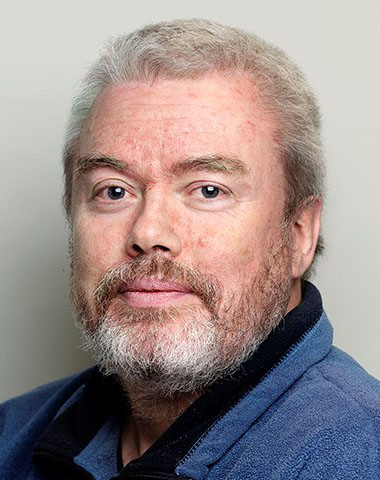
Read more about the work of Bjørn Petter Jelle and his colleagues here.
A counterintuitive way to make stronger alloys
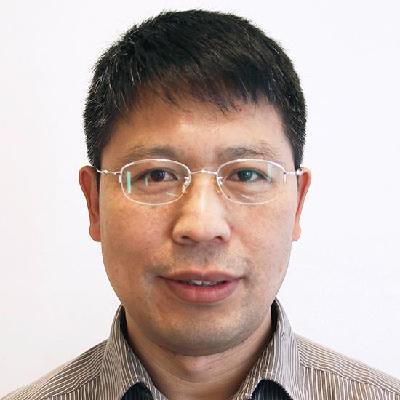
Read more about the work of Yanjun Li and his colleagues here.
The lab-created colours inspired by feathers and soap bubbles
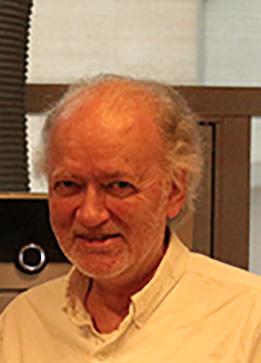
Birds, butterflies, and many other natural objects get their bright colours from intricate structures on their surfaces. Now researchers at NTNU have used the same principle to create colours with clay nanostructures.
Read more about the work of Jon Otto Fossum and his colleagues here.
Making materials for the next generation of electric car batteries
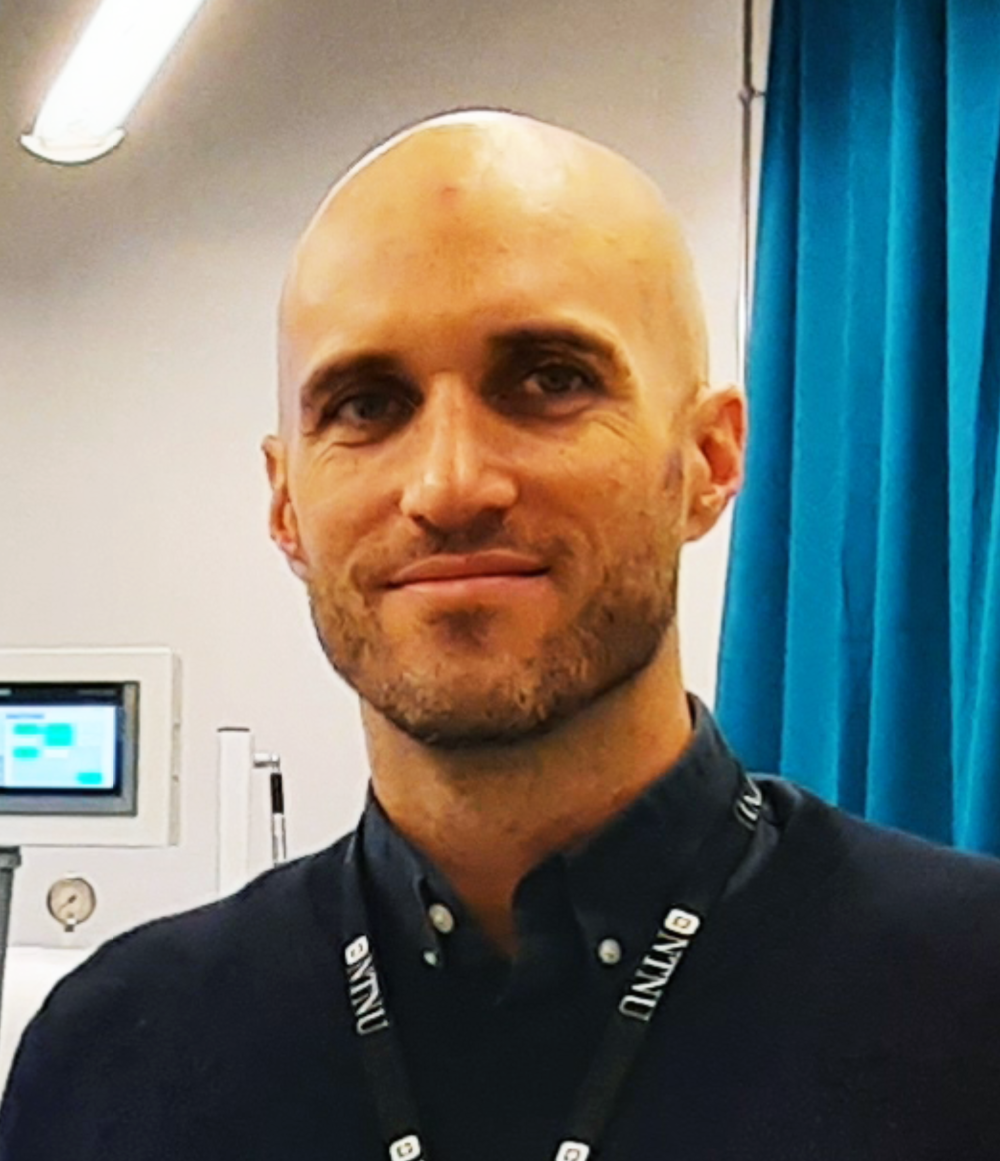
As drivers around the world switch to electric cars, new batteries that can store more energy, translating to longer driving distances before a car needs recharging, can’t come soon enough. However, Daniel Rettenwander and co-workers at NTNU have discovered that one promising material in the search for the next generation of batteries needs rethinking.
Read more about their research here.
The tiny structures that mimic a cell’s natural environment

When biologists study cells under a microscope, they look at them on flat surfaces that are nothing like the environment inside the human body. Pawel Sikorski and co-workers have found a way to mimic some aspects of a cell’s native environment using tiny polymer pillars.
A new way to get cells to spill their secrets
Countless potentially useful enzymes are hidden all around us. Now a team of researchers at NTNU have developed a new method that could help us find them.

How spider silk inspired a new material with extraordinary mechanical properties
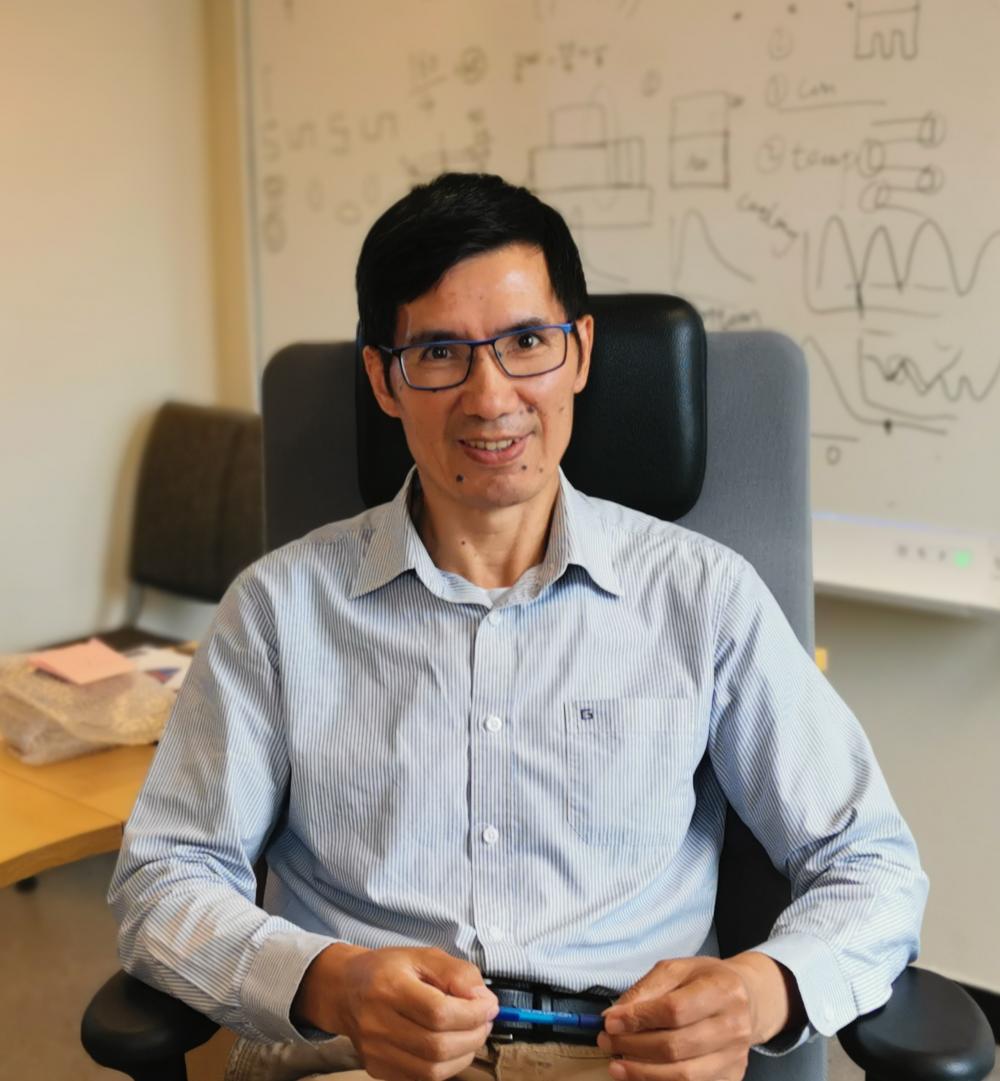
Photo: Jianying he
Researchers at NTNU have developed a new elastomer with unprecedented stiffness and toughness, inspired by spider silk
Inspired by extremely strong spider silk, Zhiliang Zhang and coworkers at NTNU have developed a new material that defies previously seen trade-offs between toughness and stiffness.
Using real neural networks to pinpoint the start of brain disease
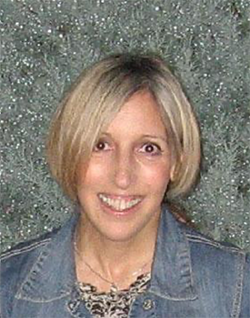
Sandvig and her colleagues are growing interconnected brain cells in the lab, to study how these neural networks evolve and what happens when things go wrong.
Read more about their research here.
A new way to look at the inner workings of tiny magnets
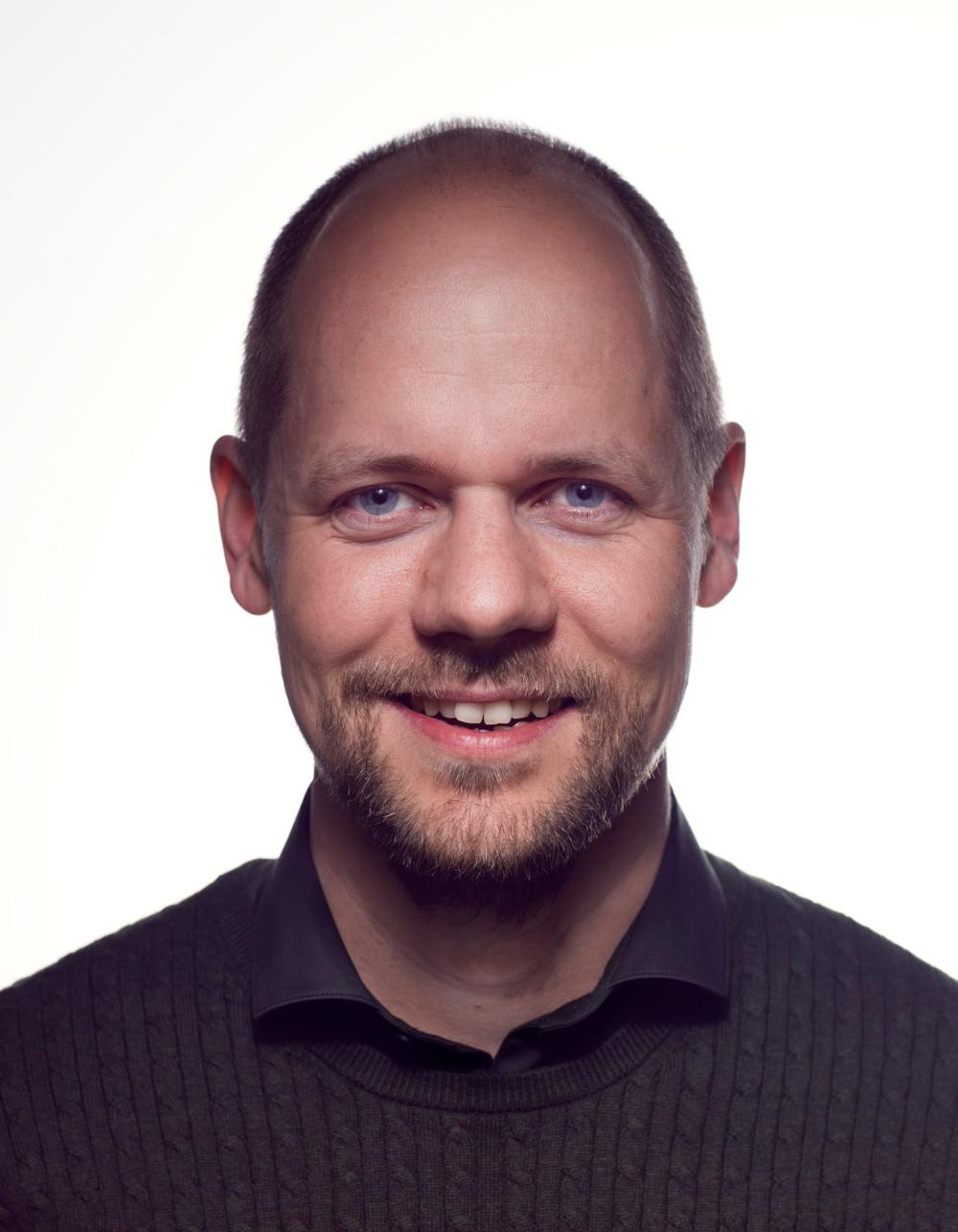
Researchers at NTNU are shedding light on magnetic materials at small scales by creating movies with the help of some extremely bright x-rays.
Erik Folven, co-director of the oxide electronics group at NTNU’s Department of Electronic Systems, and colleagues from NTNU and Ghent University in Belgium set out to see how thin-film micromagnets change when disturbed by an outside magnetic field.
Capturing energy from sunlight with dyes inspired by nature
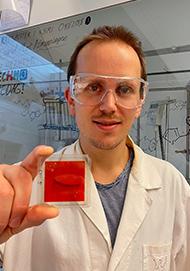
As sunlight filters through a forest canopy, chlorophyll is hard at work capturing the energy of photons. Inspired by nature, researchers at NTNU are working on light-capturing dyes for solar cells to generate electricity.
PhD candidate David Moe Almenningen and colleagues, Odd Reidar Gautun, Bård Helge Hoff and Svein Sunde have shown that adding a particular molecule to the dyes can increase its light harvesting properties – though so far the additional light comes at a cost.
How researchers solved a decade-long puzzle about friction
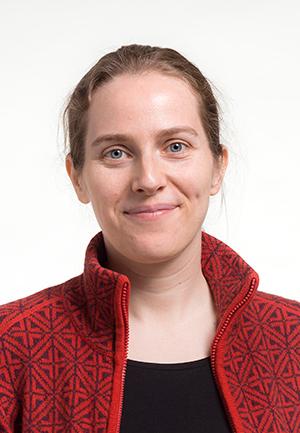
Sometimes, when it comes to friction, less is more – at least that’s what several experiments over the last decade seem to have shown in the case of friction caused by layered materials. But it wasn’t until recently that researchers at NTNU figured out what was actually going on.
The cause of friction in 2D layered materials has always been a bit of a theoretical sticking point, but research by David Andersson and Astrid de Wijn might just have got things moving again.
Moving towards an ‘artificial pancreas’ for people with diabetes

That’s why a group of researchers in Trondheim are working on creating an “artificial pancreas” to take over this responsibility. The work is still in its early stages, but the ultimate aim is for the device to automatically measure glucose levels, and administer insulin according to the results, doing away with regular manual testing.
“Appealing” nanogap devices
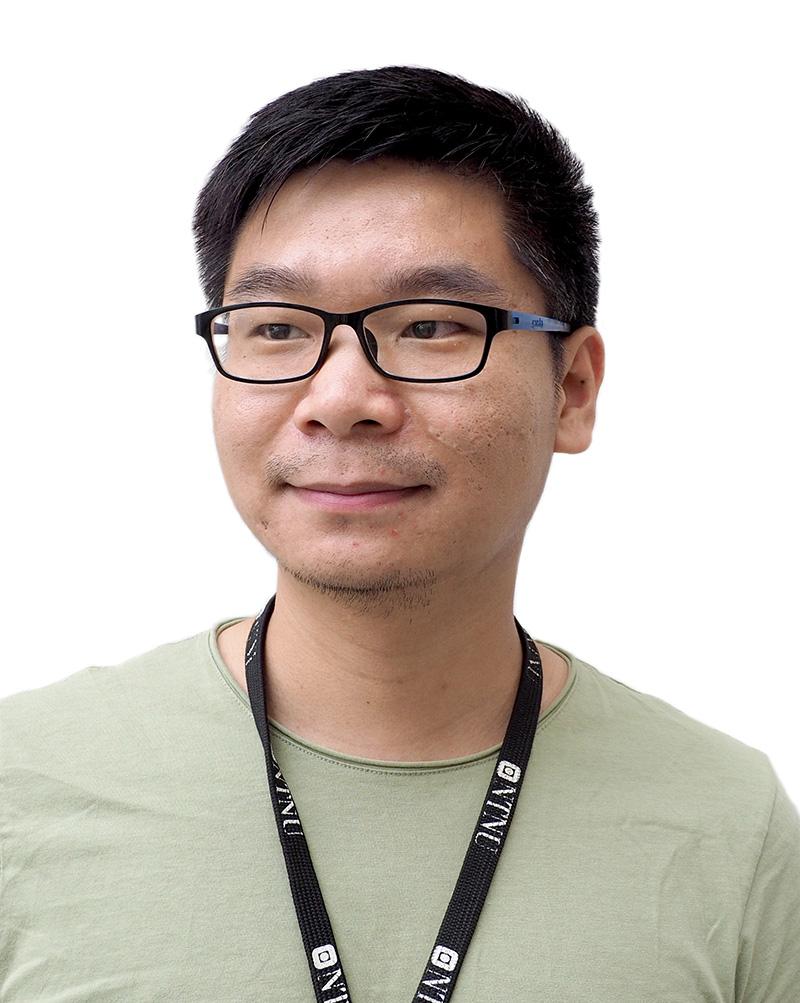
Creating a miniature brain-on-a-chip

Growing a brain in the lab might still be a far-fetched idea, but perhaps it just got one step closer.
Øyvind Halaas, a professor of medicine at NTNU, in collaboration with neuroscientists Ioanna and Axel Sandvig and others, has created a mini-“brain-on-a-chip”.
Using the piezoelectric effect to make better implants
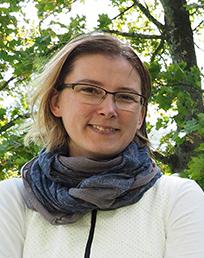
Imagine a bone implant that actively stimulates the recovery of the damaged tissue slowly dissolves inside your body as it’s taken over by your own bone.
This new kind of implant is not a reality – yet. But, if Julia Glaum and her colleagues have anything to do with it, it could exist one day.
Cracking the problem of ice build-up
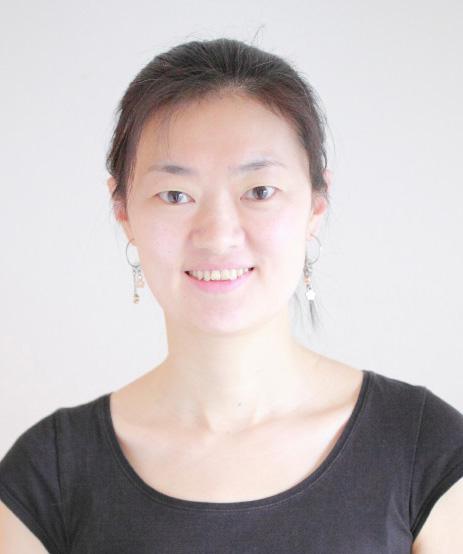
That’s why Jianying He, a professor of nanomechanics at NTNU, and her colleagues are coming up with new ways to crack the problem of ice build-up.
Joined up thinking to make materials greener
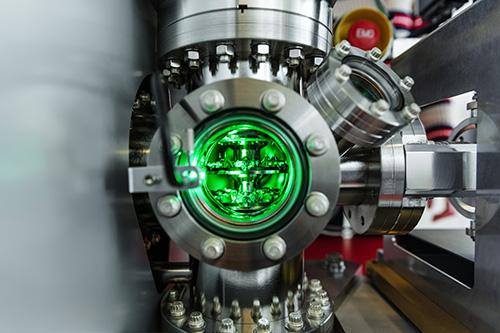
A new research centre is about to give Norway a window into how its rich mineral resources can be turned into useful – and more environmentally-friendly – materials.
The Norwegian national centre for minerals and materials characterisation, known as MiMaC for short, promises to look at every step of the process of turning minerals into materials. The centre is a joint project of NTNU, the Geological Survey of Norway and research company SINTEF.
Creating a new kind of electronics
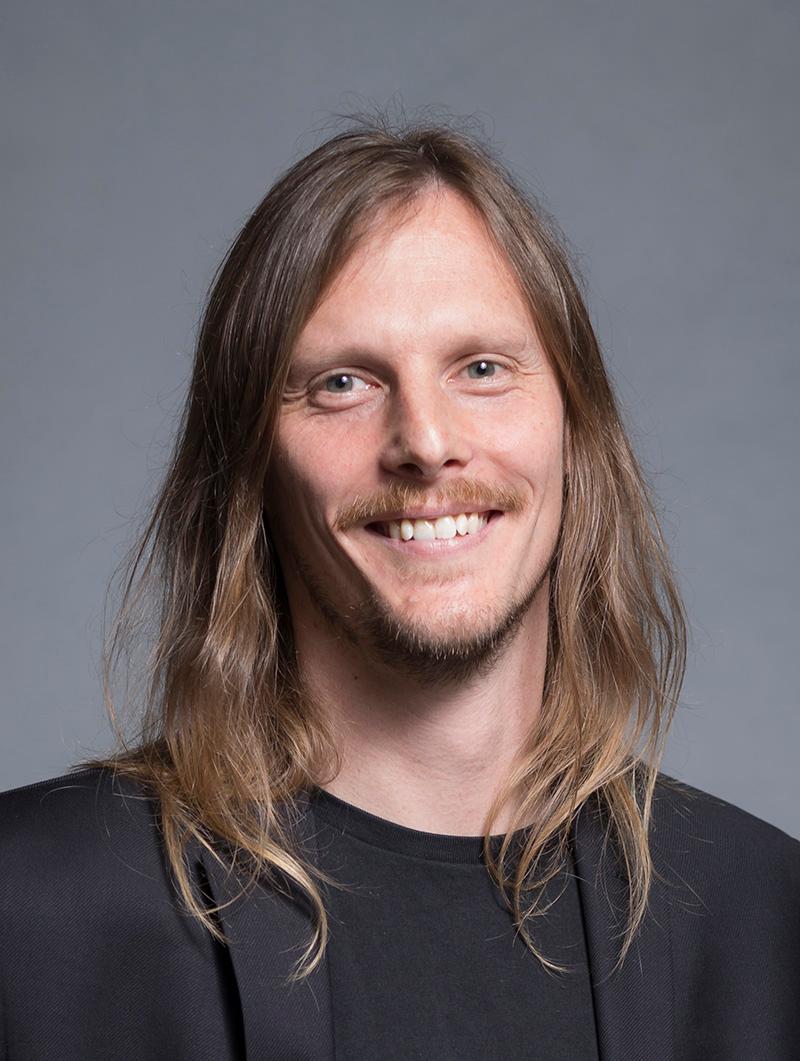
They hope to make circuits that are smaller, faster, and better for the environment than today’s electronics, by taking advantage of defects that already exist within materials.
